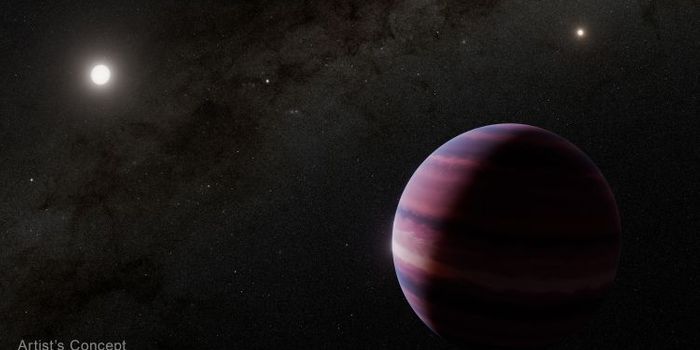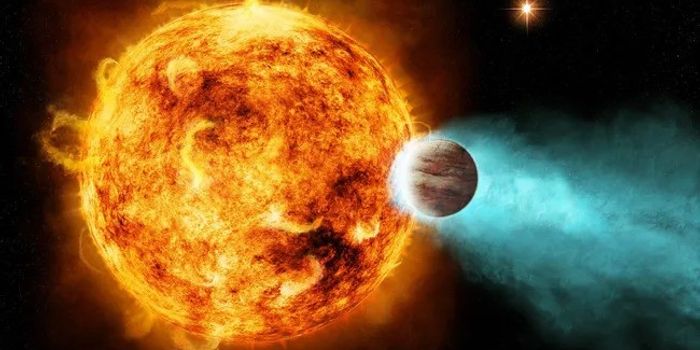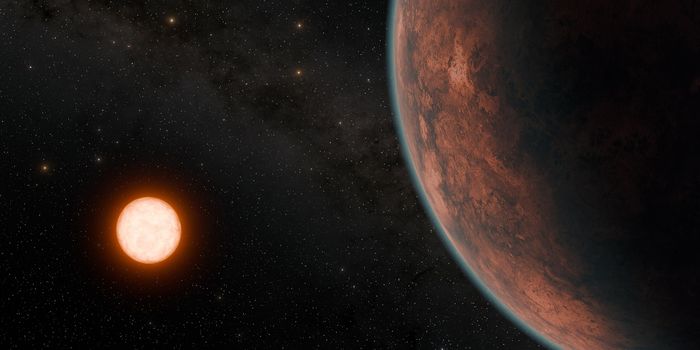First Planet Discovered Outside of Our Galaxy
Exoplanets are planets that exist outside of our solar system, and until recently, they have only been found within the Milky Way galaxy. Researchers at the Center for Astrophysics: Harvard & Smithsonian in Cambridge, Massachusetts, may have observed the first exoplanet outside of our galaxy.
It’s always been theorized that other galaxies would host planets since there are so many in our galaxy, but we haven’t had any evidence for this claim until recently. Exoplanet detection methods have only been used in our galaxy and have not discovered planets in any other galaxy.
The potential exoplanet was observed in Messier 51 (M51), also known as the Whirlpool Galaxy, located 31 million light-years from Earth. The research team’s new method for finding exoplanets is based on X-ray detection and planet transits.
When a planet is orbiting around a star, it will block a portion or all of a star’s light as it passes in front of it for a brief time. A dramatic example of this is a solar eclipse, where the moon passes in front of the sun in the perfect alignment to block all of the sun’s light. We can’t see other planetary transits outside of our galaxy, but we can measure dips in different types of emissions on the electromagnetic spectrum, like X-rays.
These researchers were observing X-rays from X-ray bright binaries, which are binary star systems that emit large amounts of X-rays. X-ray binary star systems are the brightest x-ray sources in the galaxy. They are made up of two stars: one is a typical star, but the other is a collapsed star like a neutron star or black hole.
The area of X-ray emissions for these binary systems is small, so a planet passing in front of the two stars could mostly or entirely block all of the emissions. This is what researchers observed— for three hours, x-ray emission from binary system M51-ULS-1 dropped to zero. From the data, researchers predicted that the planet is roughly the size of Saturn.
There are other possibilities for this dip in X-ray emissions, but most of them have been ruled out. While it’s possible that a passing cloud of gas could have caused this dip in X-ray emissions, the observed drop doesn’t match the characteristics of previously recorded x-ray emission dips.
This new observation is exciting, but it will be hard to corroborate, at least for the next 70 years, the planet’s predicted orbit period. In the meantime, researchers will be hard at work combing through the data archives of at least 20 different galaxies to find other potential transit events.
If you’re interested, the Center for Astrophysics: Harvard & Smithsonian released a video of an artist’s interpretation of the transit event. You can watch it here:
Sources: Nature, NASA, NASA High Energy Astrophysics Science Archive Research Center, Science Daily








